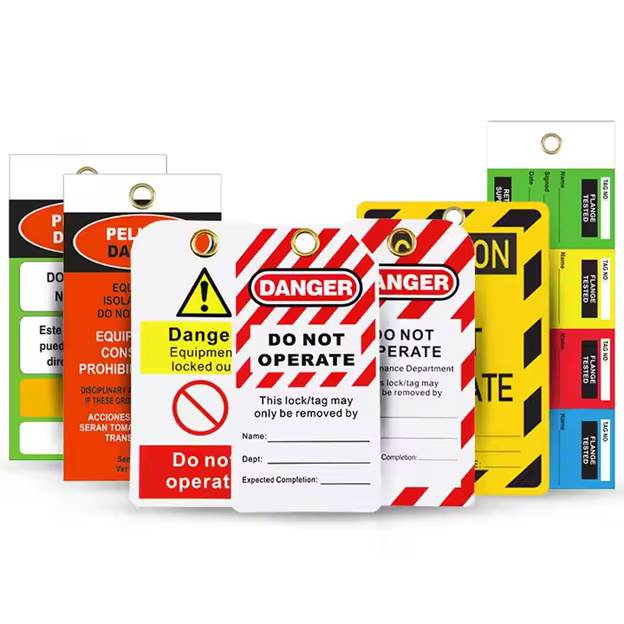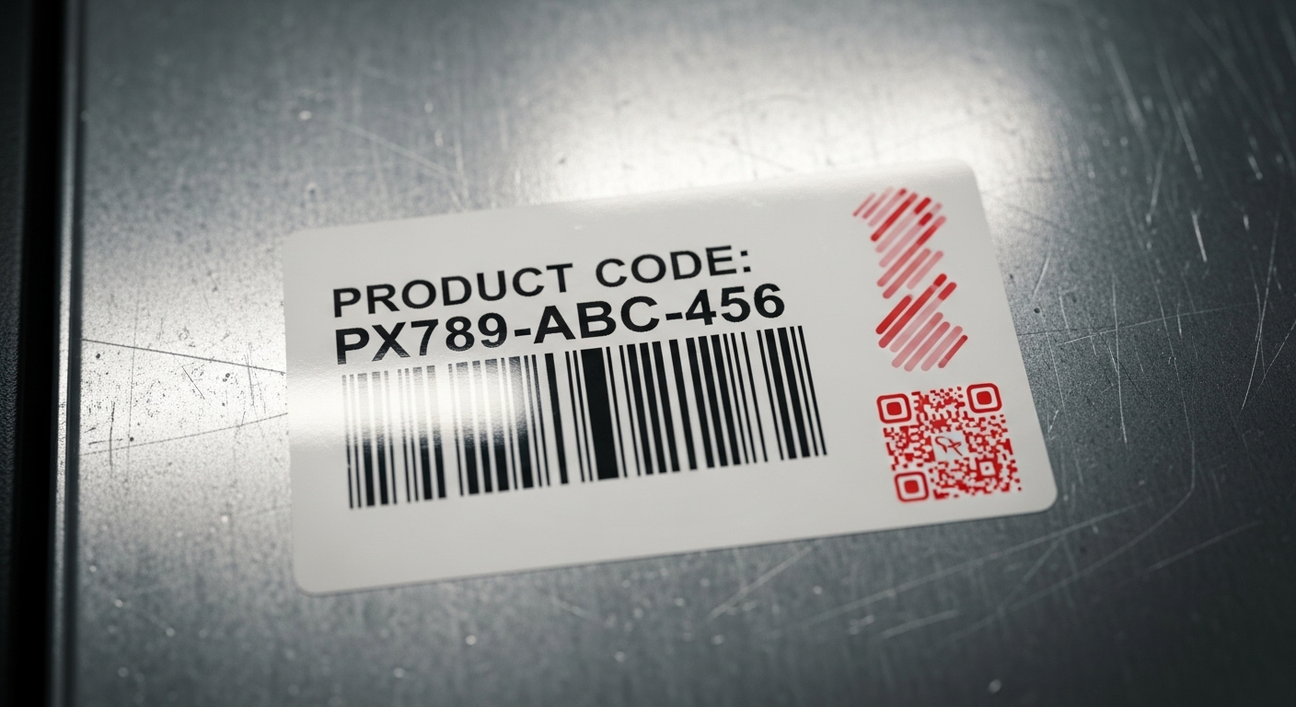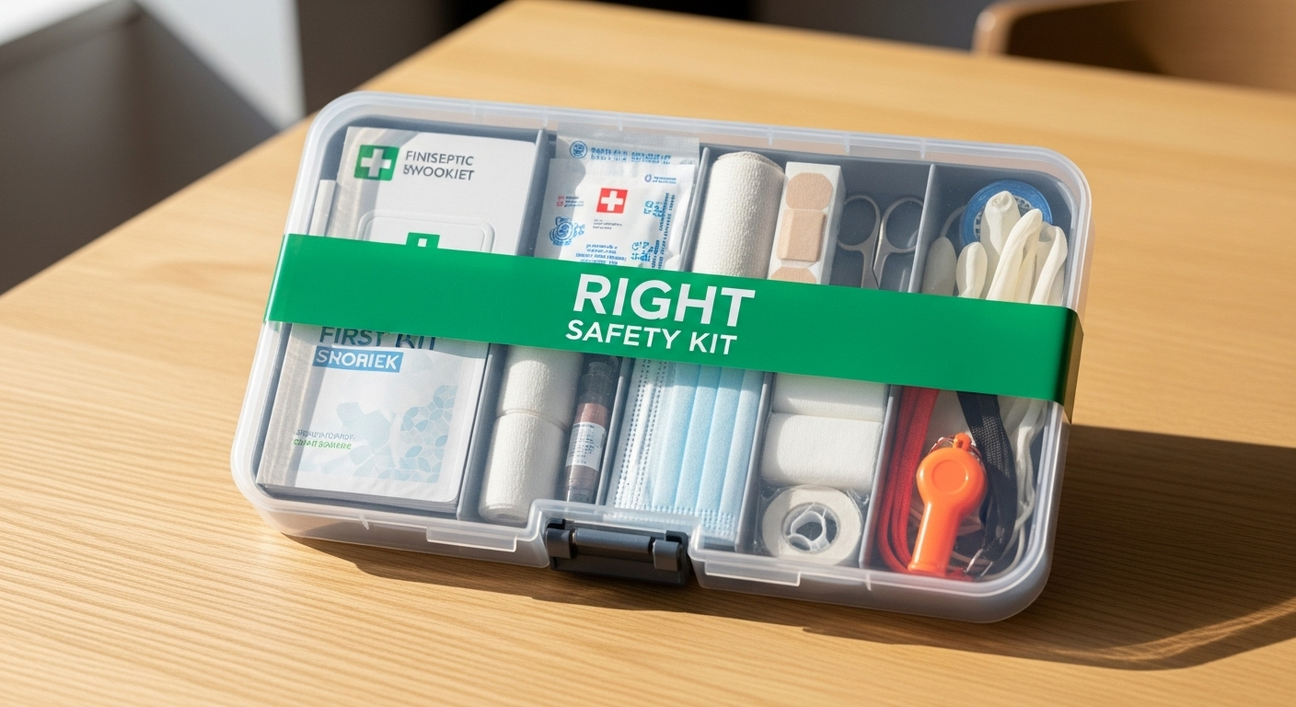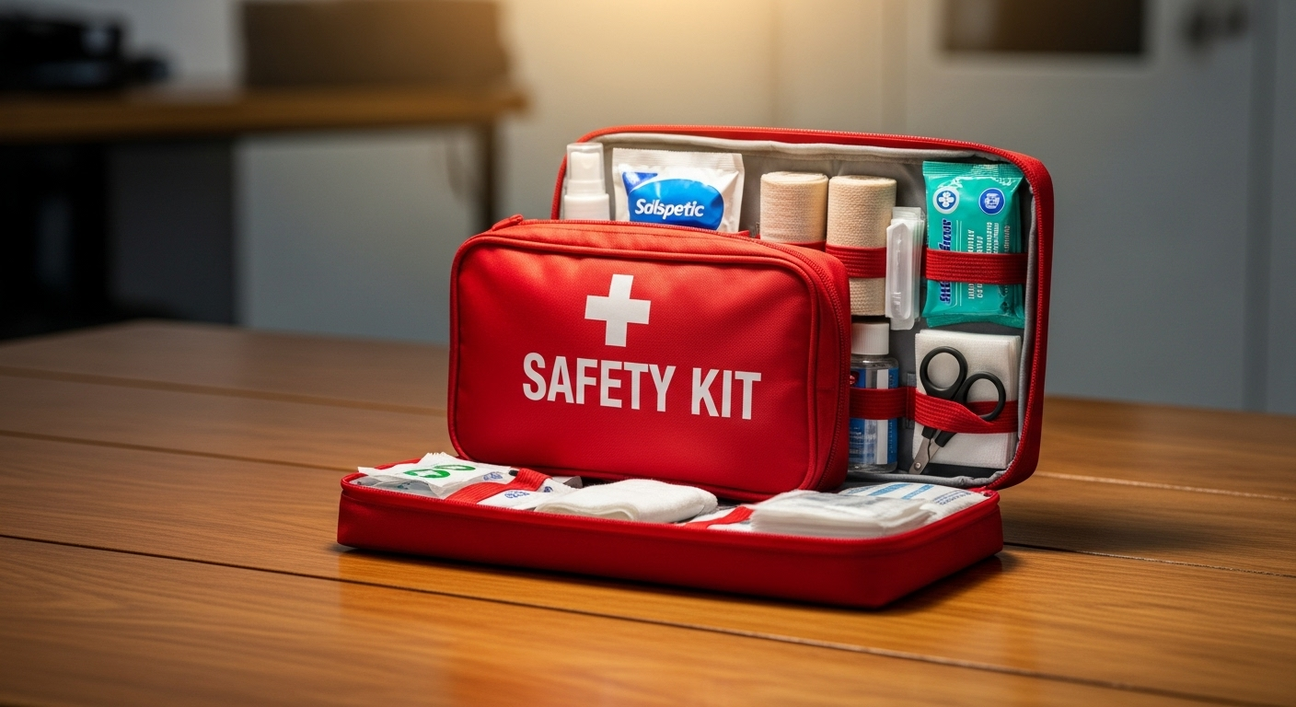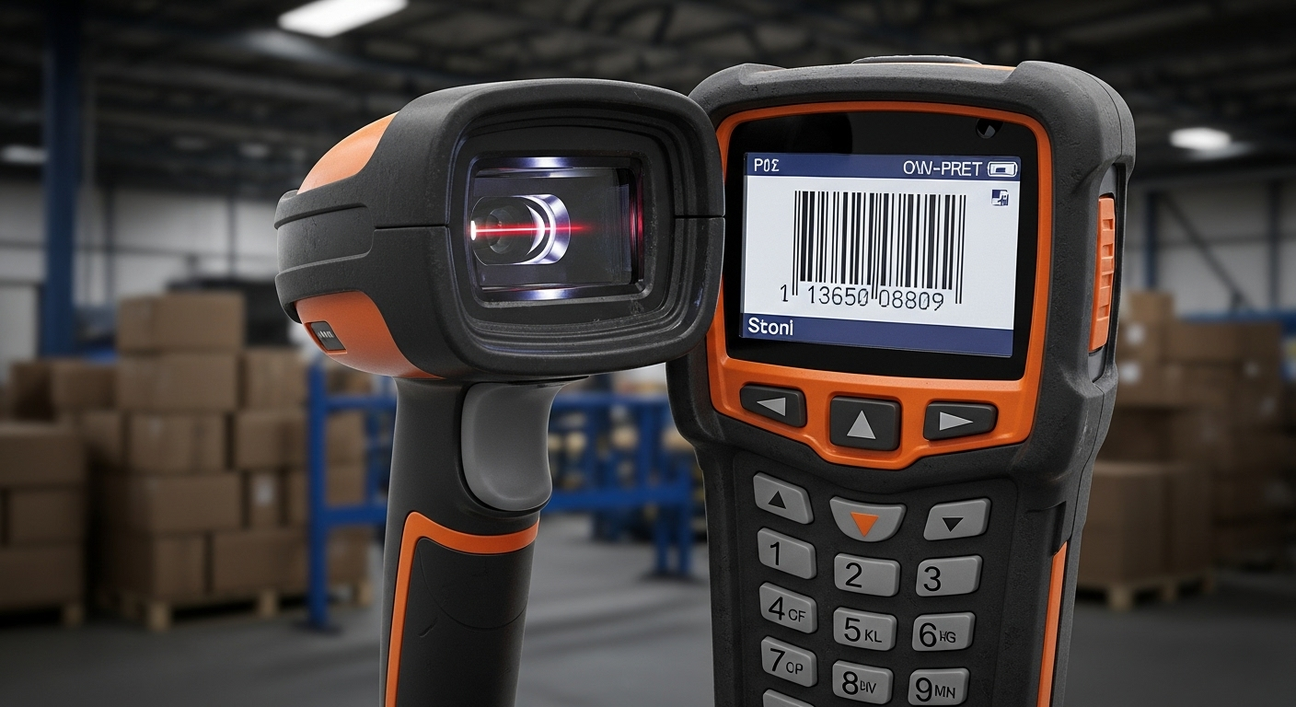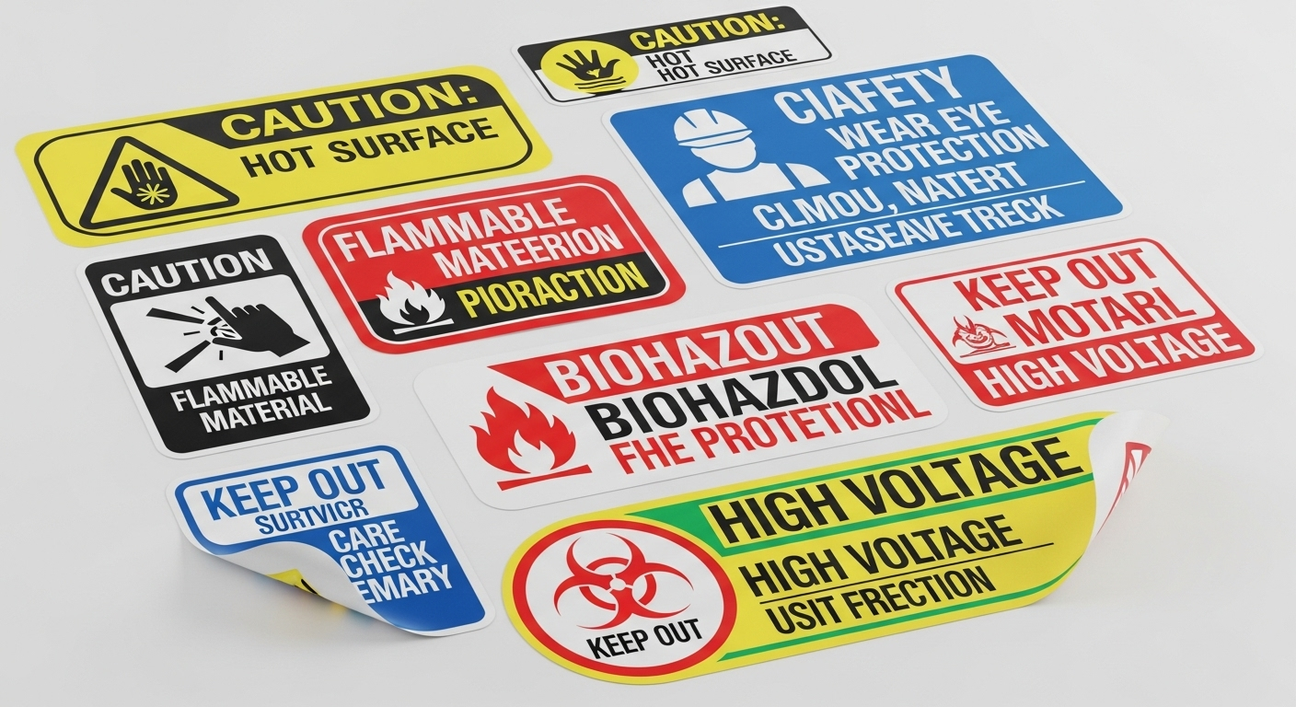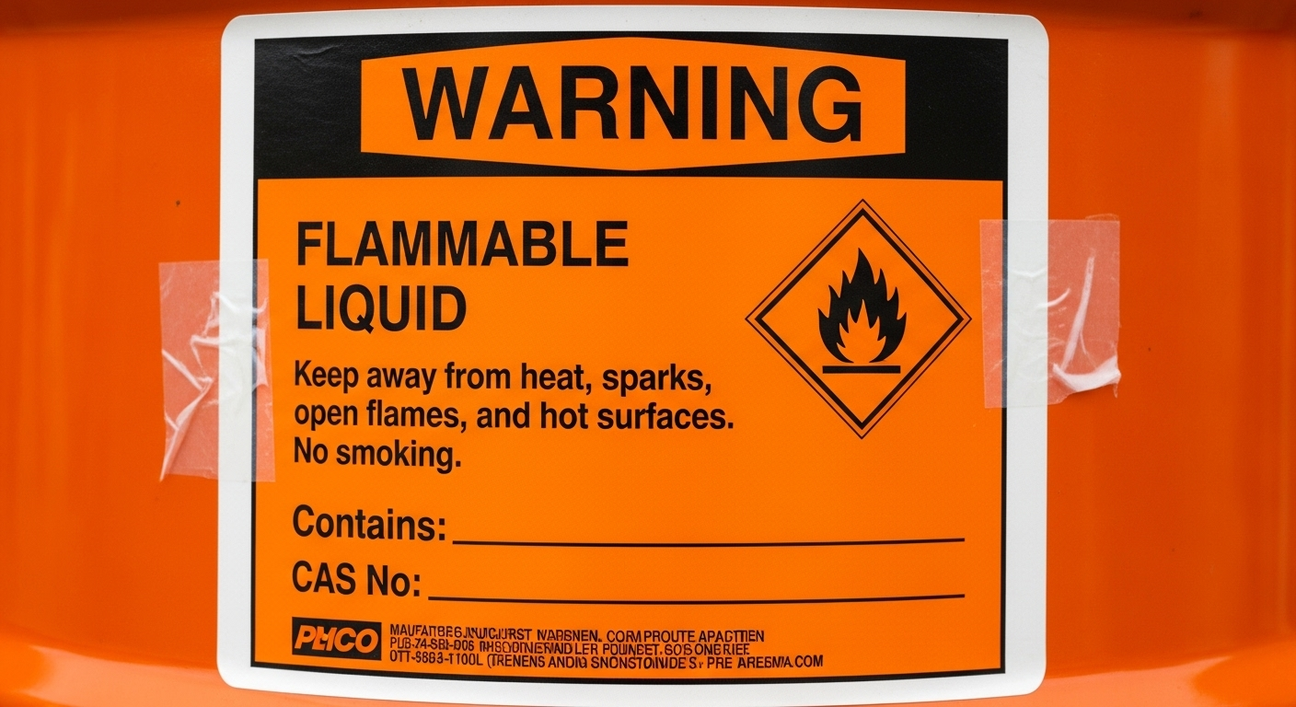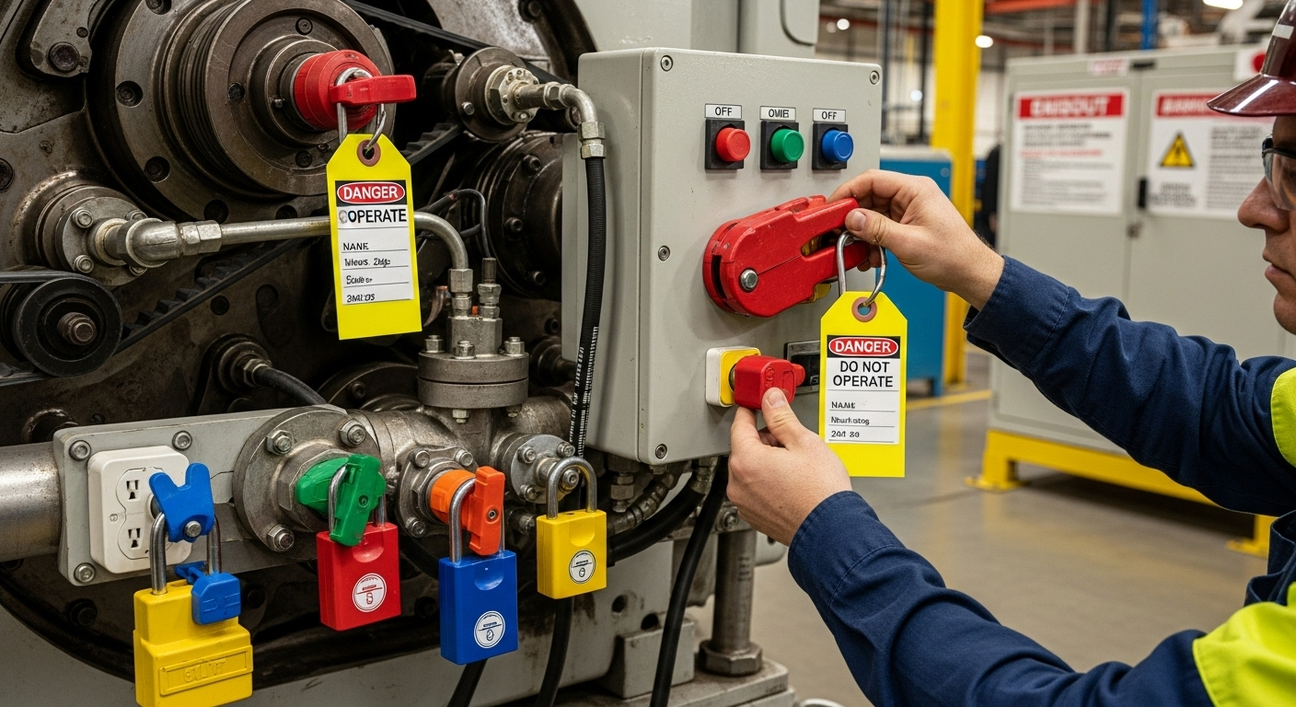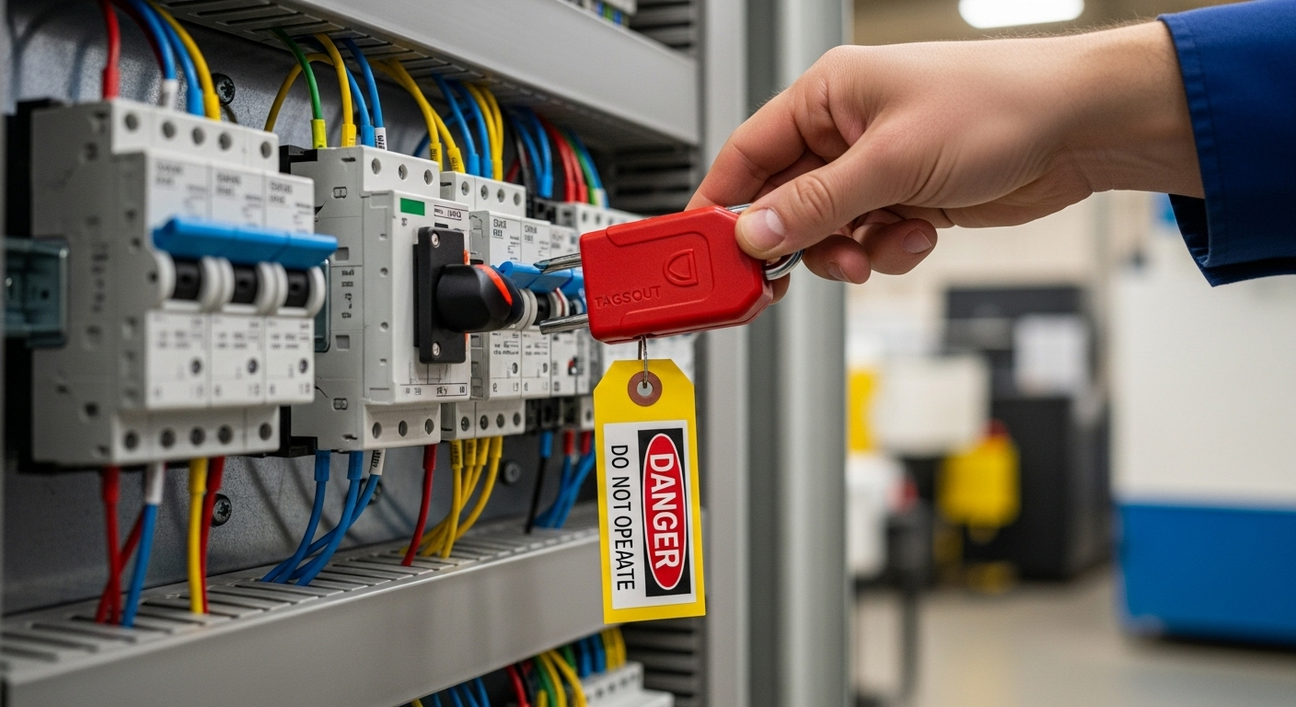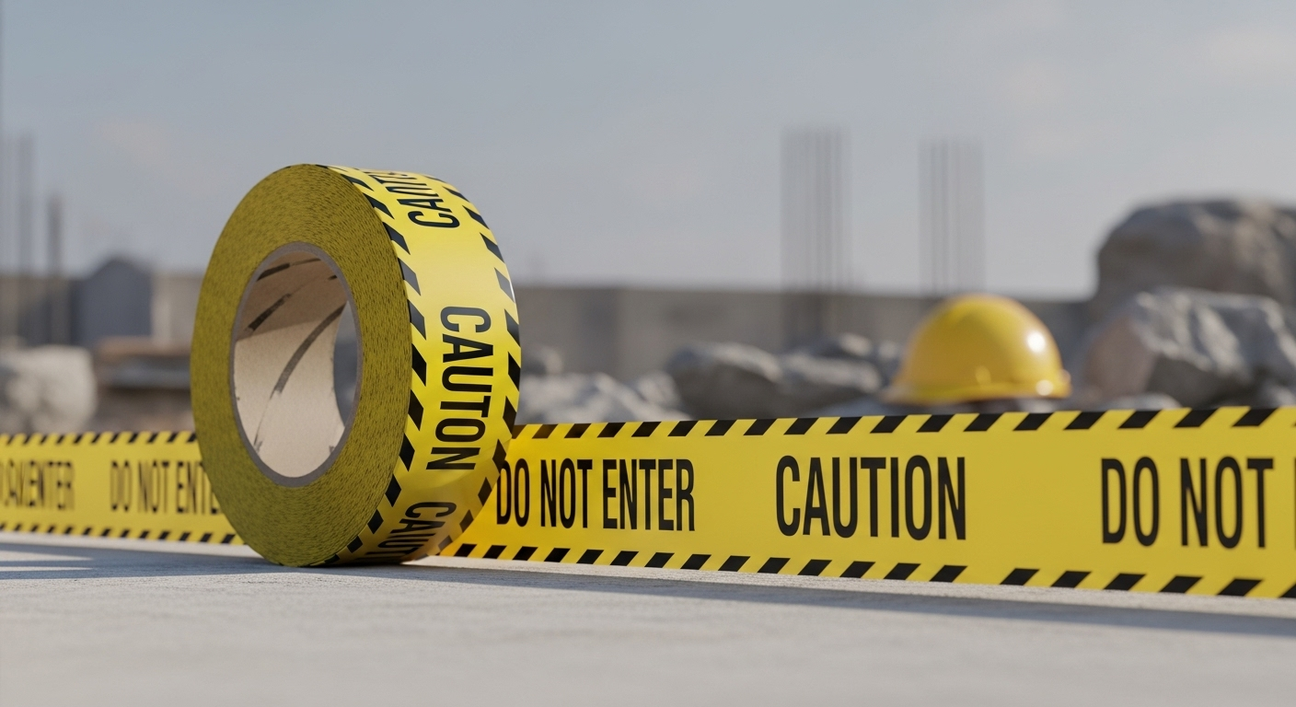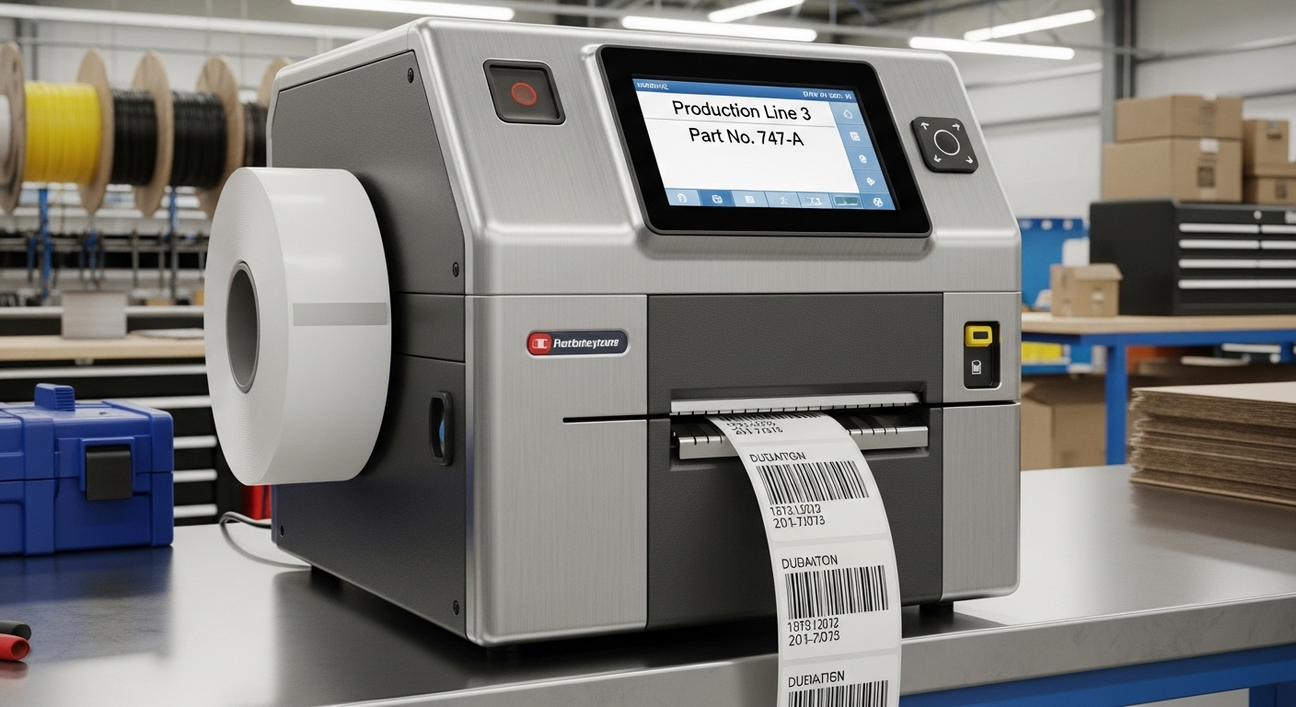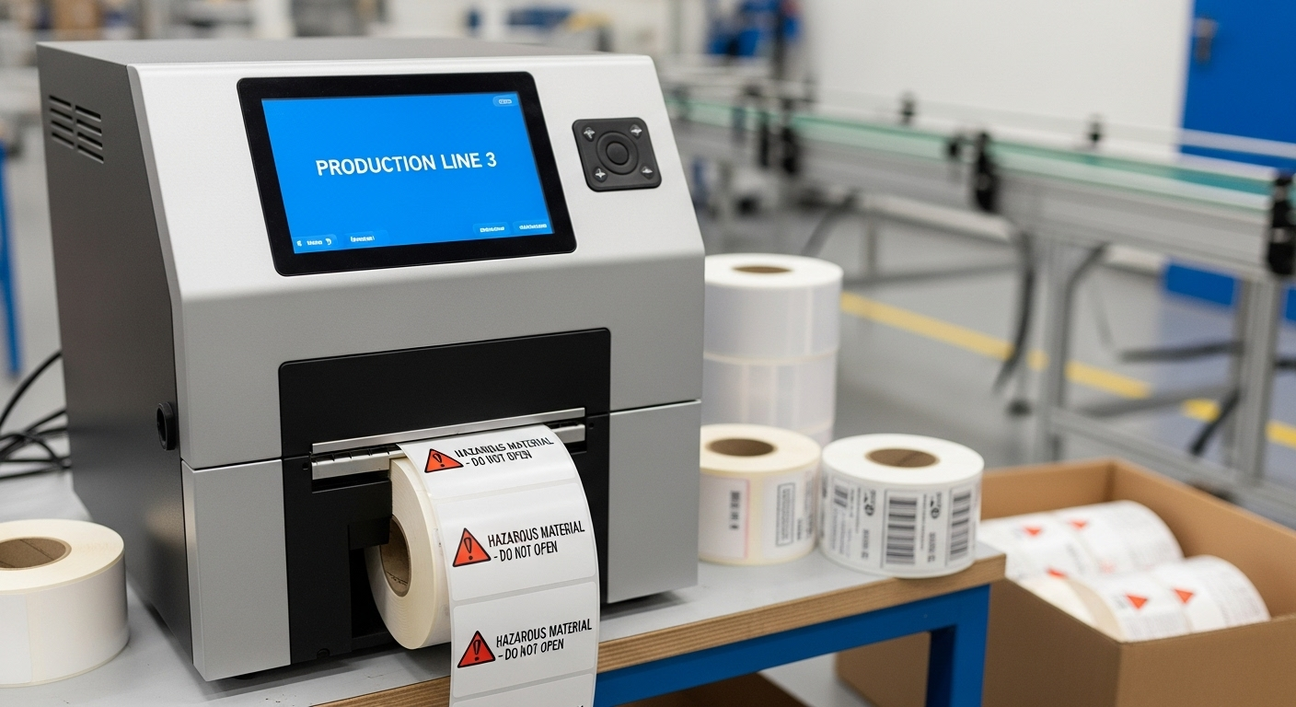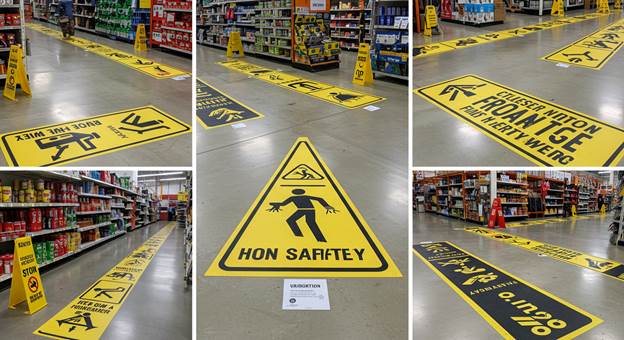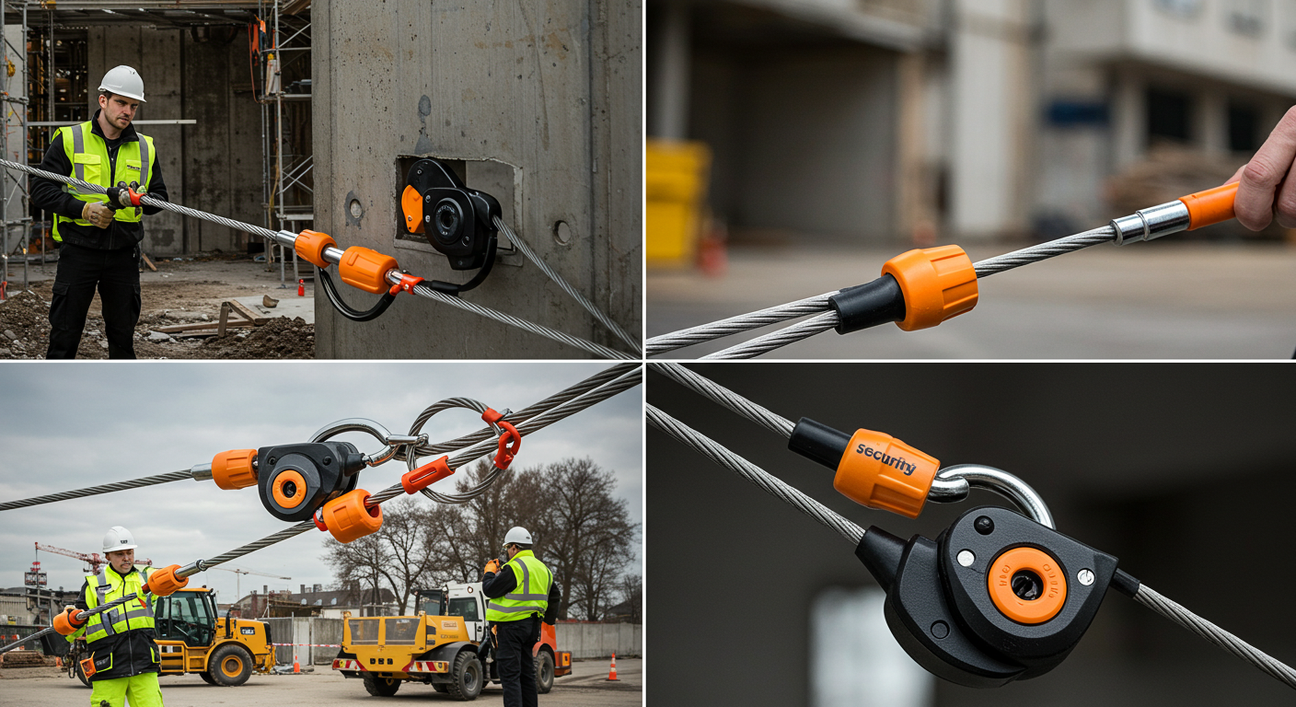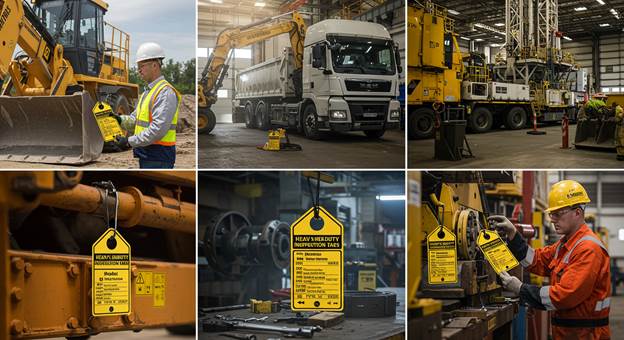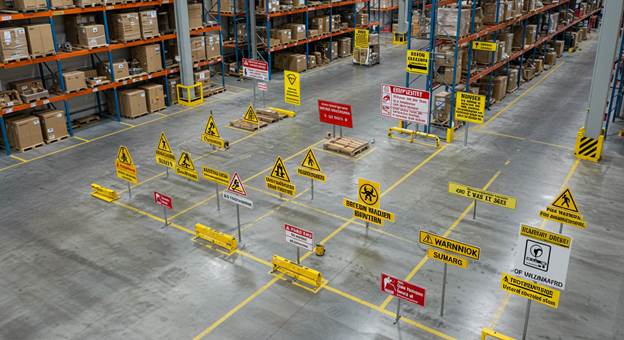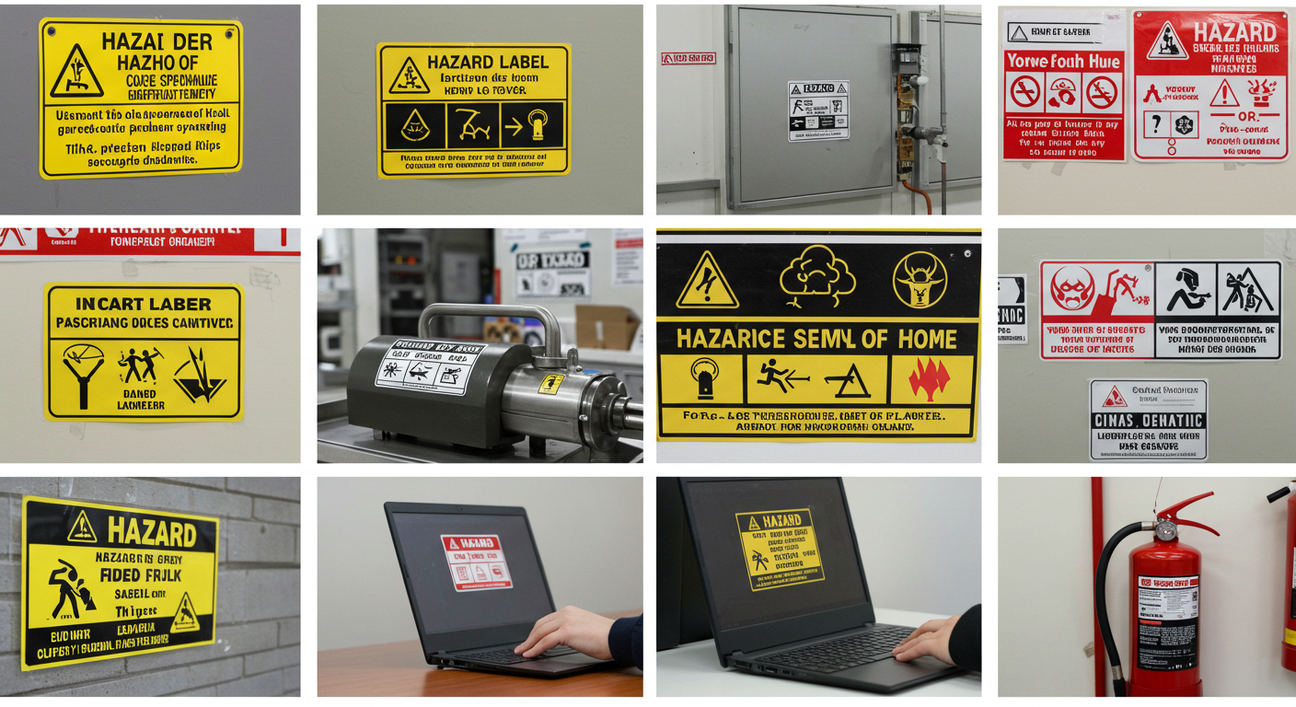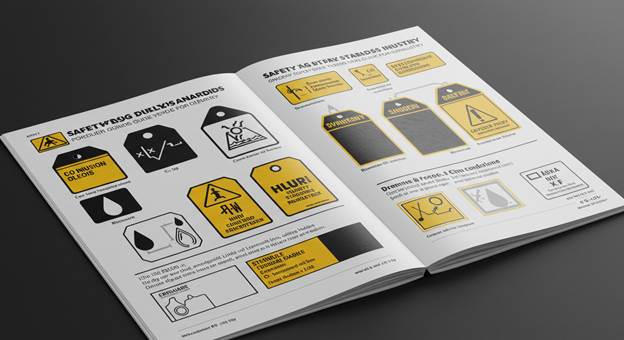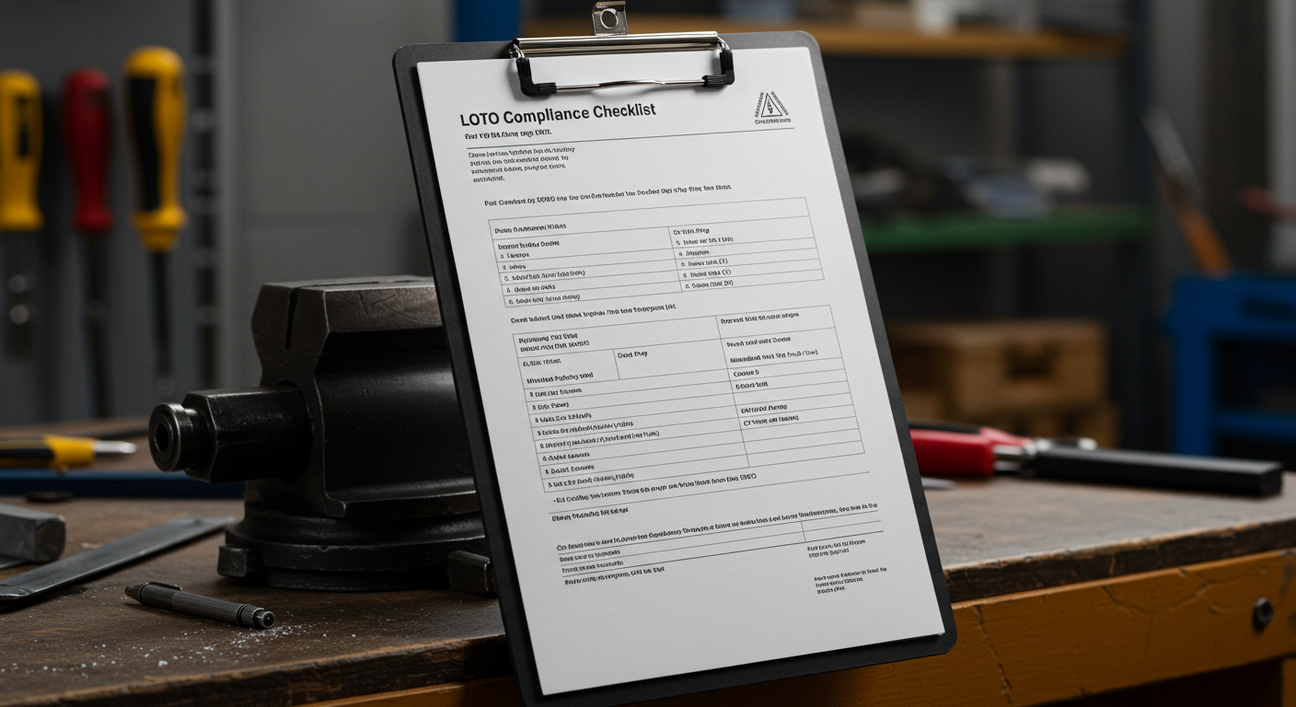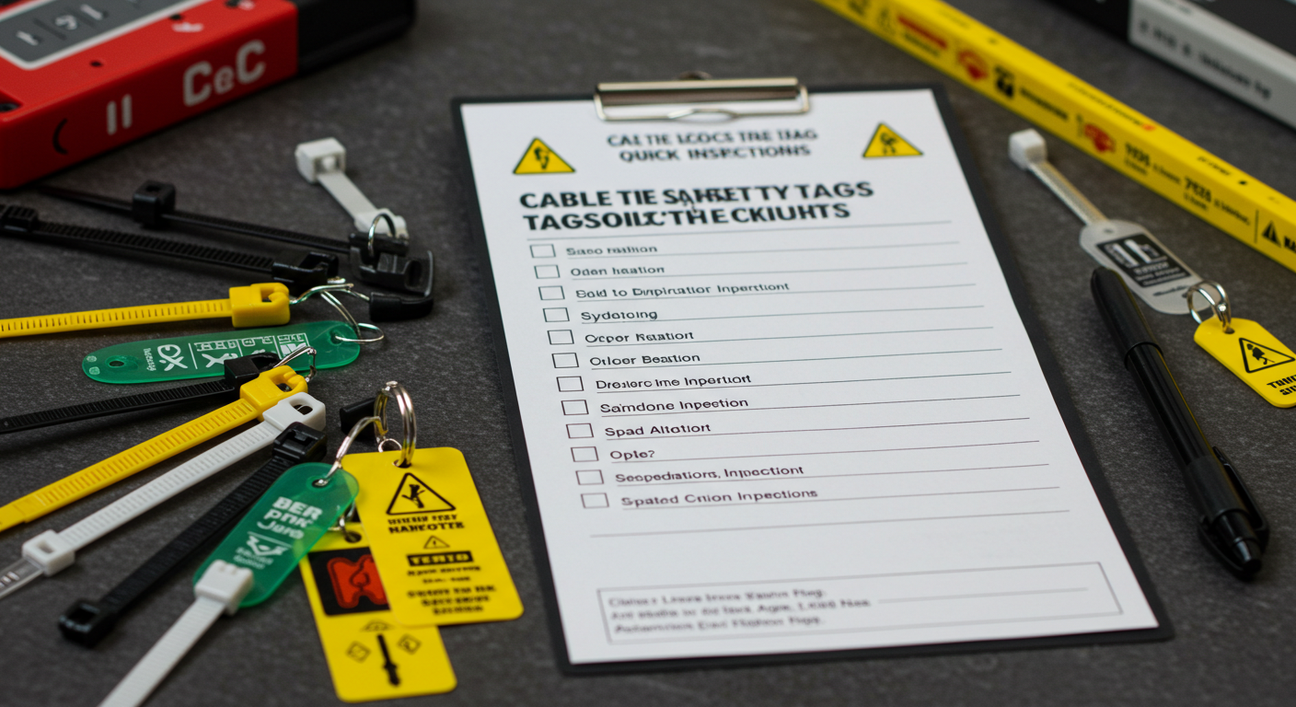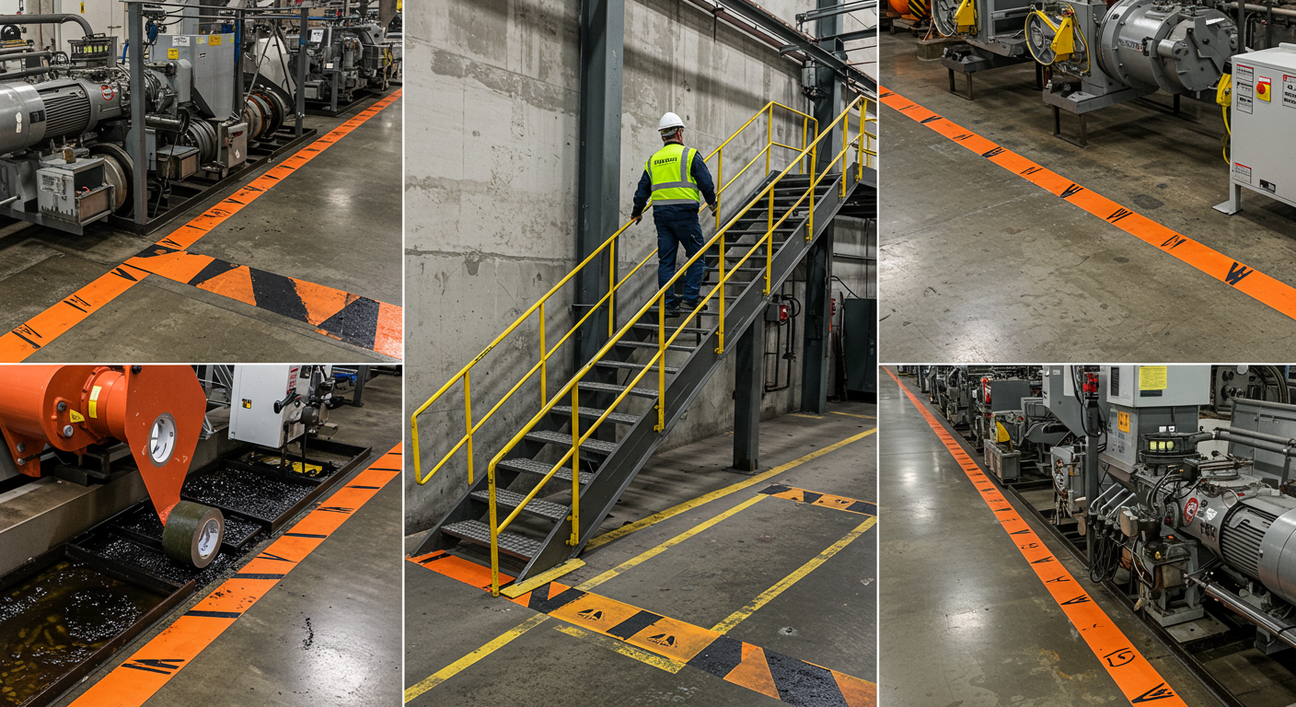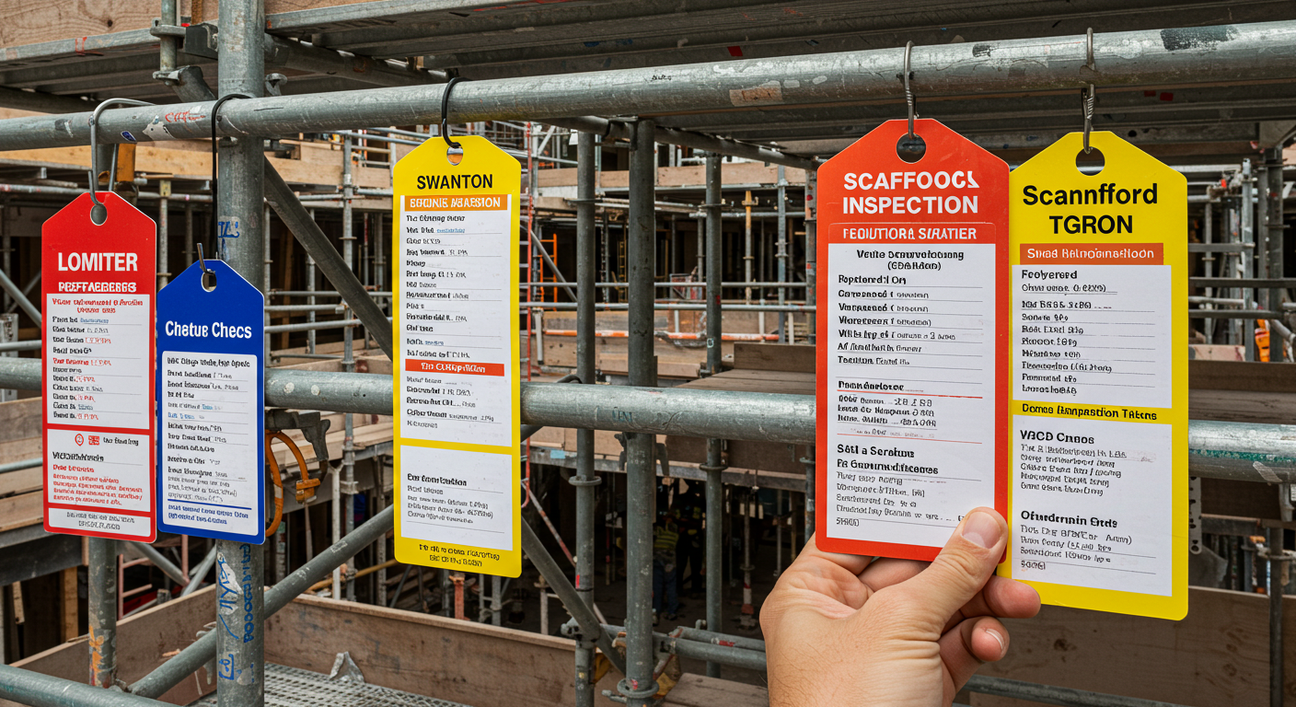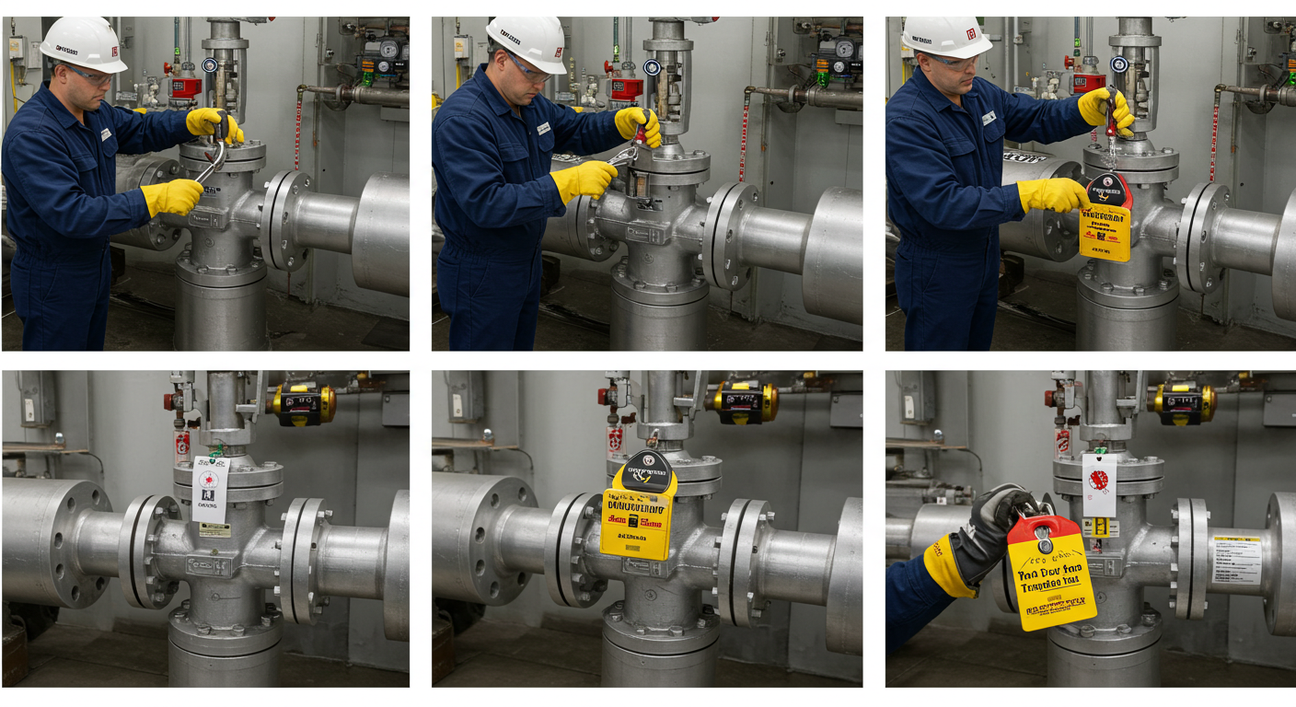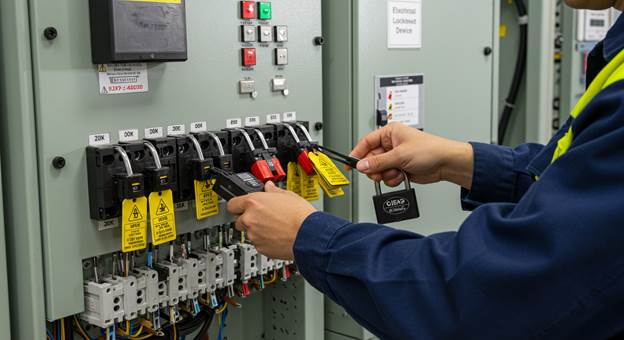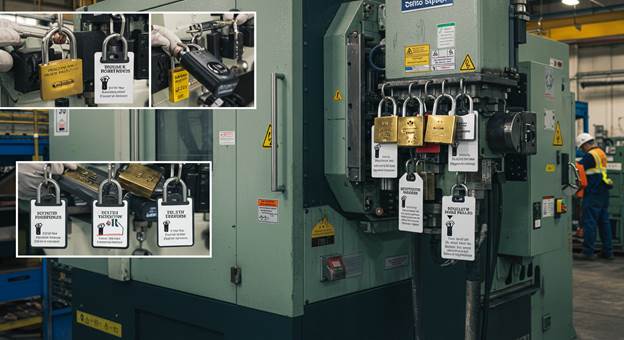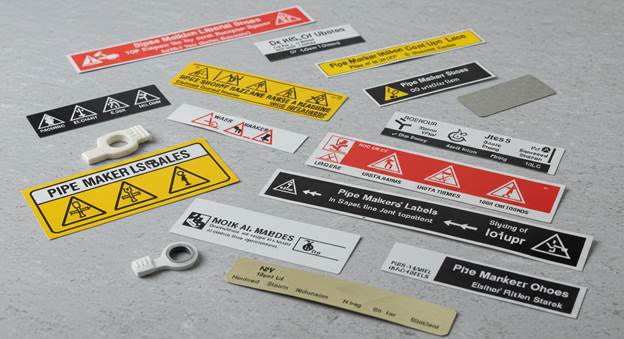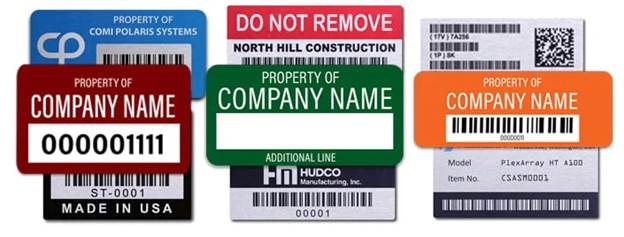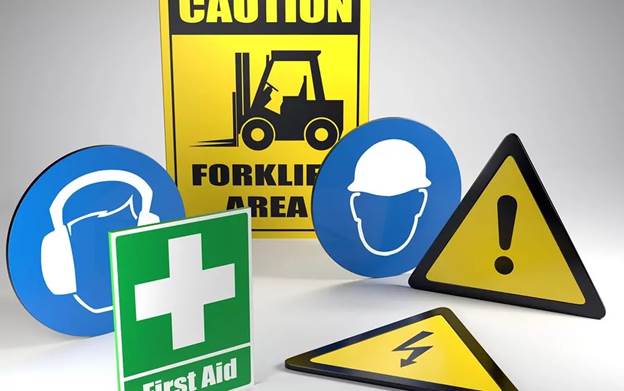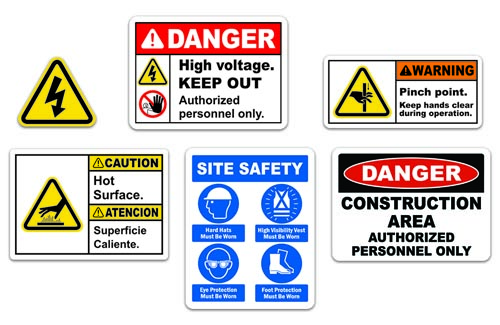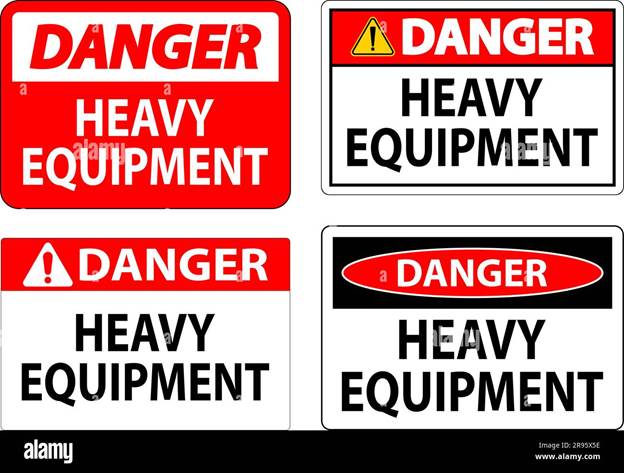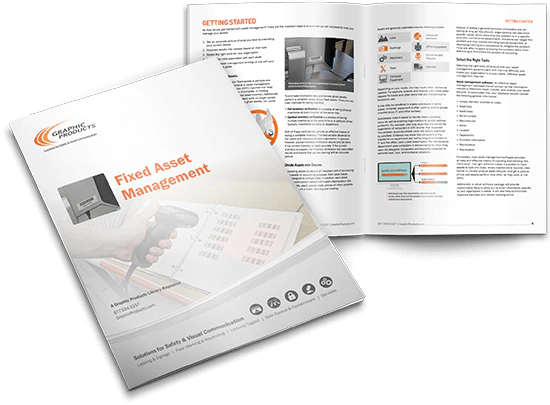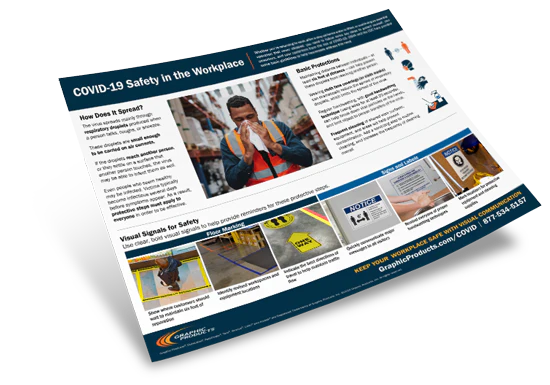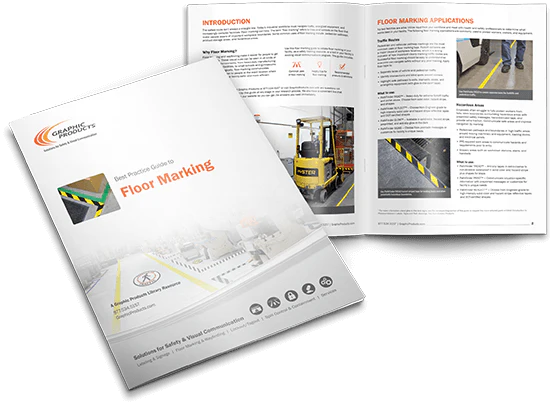Electrical Isolation Tagging Tips for 2025
Introduction: Why Electrical Isolation Tagging Matters in 2025
In the evolving landscape of construction and industrial operations, ensuring safety is paramount. Electrical isolation tagging has emerged as a critical practice to prevent accidents and ensure compliance with safety standards. As we step into 2025, understanding and implementing effective tagging strategies is more important than ever.
Understanding the Role of Electrical Isolation Tags
Electrical isolation tags serve as visual indicators that a particular piece of equipment or circuit has been de-energized and is safe for maintenance or inspection. These tags are essential components of the lockout/tagout (LOTO) procedures, ensuring that energy sources are properly isolated to prevent accidental re-energization.
Top Challenges on Construction Sites—and How Tags Help
Construction sites are dynamic environments with numerous hazards. Challenges such as unauthorized access to electrical panels, unclear communication about equipment status, and inadequate documentation can lead to accidents. Implementing a robust tagging system addresses these issues by:
-
Providing clear visual cues about equipment status.
-
Enhancing communication among team members.
-
Ensuring compliance with safety protocols.
How to Select the Right Electrical Isolation Tags
Choosing the appropriate electrical isolation tags involves considering factors like durability, visibility, and compliance with industry standards. Tags should be:
-
Made of materials resistant to harsh environmental conditions.
-
Clearly labeled with relevant information.
-
Compatible with electrical isolation locks to prevent unauthorized removal.
Essential Features of Effective Electrical Isolation Labels
Effective isolation labels should include:
- Clear identification of the equipment or circuit.
- Information about the person who applied the tag.
- Date and time of tagging.
-
Reason for isolation.
These details ensure accountability and facilitate efficient maintenance procedures.
Color Coding and Visual Cues: Tagging for Instant Recognition
Utilizing color codes enhances the effectiveness of tagging systems. For instance:
-
Red: Indicates danger or do not operate.
-
Yellow: Caution or potential hazards.
-
Green: Safe or equipment ready for use.
Implementing standardized color codes aids in quick recognition and reduces the risk of errors.
Real-World Tagging Scenarios in Industrial Work Zones
Consider a scenario where a maintenance team needs to service a high-voltage panel. By following the electrical lock off procedure, they:
- De-energize the panel.
- Apply electrical isolation locks.
-
Attach clearly labeled tags indicating the maintenance work.
This systematic approach ensures the safety of the maintenance team and other personnel on-site.
Best Practices for Electrical Isolation Tagging in Construction
To maximize safety:
-
Always follow the established electrical isolation procedure.
-
Train all personnel on tagging protocols.
-
Regularly inspect and replace damaged tags.
-
Maintain accurate records of all isolation activities.
Adhering to these practices fosters a culture of safety and compliance.
How Archford Supports Your Tagging Needs
Archford offers a comprehensive range of electrical isolation tags designed to meet the diverse needs of construction sites. Their products are known for durability, clarity, and compliance with safety standards. By partnering with Archford, construction companies can enhance their safety measures and ensure a safer work environment.
Linking Safety and Productivity: A Dual-Purpose Approach
Implementing effective tagging systems not only ensures safety but also enhances productivity. Clear tagging reduces downtime by:
- Preventing accidental equipment startups.
- Streamlining maintenance processes.
-
Facilitating quick identification of equipment status.
This dual benefit underscores the importance of robust tagging protocols.
Compliance Tips: Meeting 2025 Safety Regulations
Staying compliant with evolving safety regulations is crucial. Key considerations include:
-
Adhering to electrical isolation standards set by regulatory bodies.
-
Ensuring all tagging procedures are documented.
-
Regularly updating training programs to reflect current best practices.
Compliance not only avoids legal repercussions but also promotes a culture of safety.
Explore the Ultimate Guide to Tagging Tips & Ideas
|
Tags |
Tips or Ideas |
|
Tips for ensuring durability and visibility in harsh environments. |
|
|
Creative and clear tag designs that enhance safety awareness. |
|
|
Innovative tagging methods for better asset tracking and management. |
|
|
Best practices for implementing a clear and effective workplace tagging system. |
|
|
Practical ideas for industrial settings, focusing on visibility and clarity. |
|
|
Ideas for scaffold tagging that ensure safety and compliance. |
|
|
How to create inspection tags that meet safety standards and improve compliance. |
|
|
Creative ideas for safety tagging to reduce hazards and improve site management. |
|
|
Key tips for effective electrical isolation and minimizing electrical hazards. |
|
|
Best practices for asset labeling to enhance inventory management and tracking. |
|
|
Innovative sticker ideas for easy identification and durability of equipment. |
|
|
Essential tips for rigging safety, including correct tagging techniques. |
Conclusion
As we navigate the complexities of modern construction and industrial operations, prioritizing safety through effective electrical isolation tagging is non-negotiable. By implementing best practices, leveraging quality products from trusted providers like Archford, and fostering a culture of safety, organizations can protect their workforce and ensure operational excellence.
FAQs
Q1: What are electrical isolation tags?
A1: Electrical isolation tags are labels used to indicate that a piece of equipment or circuit has been de-energized and is safe for maintenance.
Q2: Why are electrical isolation locks important?
A2: Electrical isolation locks prevent unauthorized access to de-energized equipment, ensuring that it remains safe during maintenance.
Q3: What is the electrical lock off procedure?
A3: The electrical lock off procedure involves de-energizing equipment, applying locks and tags, and verifying that the equipment cannot be re-energized until maintenance is complete.
Q4: What are electrical isolation standards?
A4: Electrical isolation standards are guidelines set by regulatory bodies to ensure safe practices when isolating electrical equipment.
Q5: How do I isolate electrical supply safely?
A5: To safely isolate electrical supply, follow the established procedure: de-energize the equipment, apply locks and tags, and verify that the equipment is safe for maintenance.
Title (55 characters):
Electrical Isolation Tagging Tips for Safer Lockouts
Description (153 characters):

